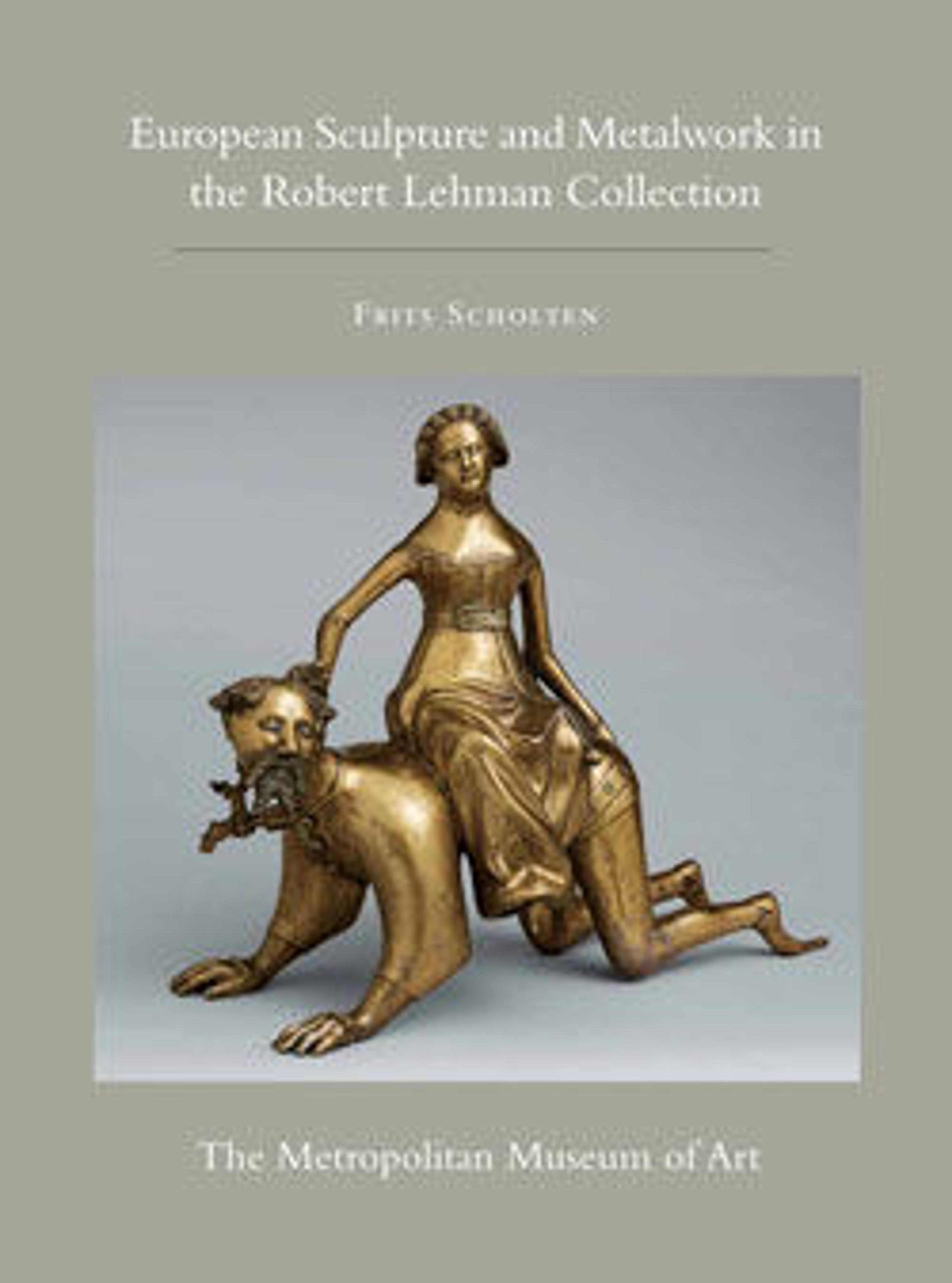Portrait medal of Don Inigo d'Avalos (obverse); Sphere Representing Earth, Sea, and Sky (reverse)
Active in Verona and the Italian courts, the celebrated master Pisanello left behind a significant legacy, including a large corpus of drawings and several paintings. He was also the inventor of the commemorative portrait medal. Inspired by Roman coins, with their portraits of rulers and allegorical representations on the reverse, the medals commemorated individuals or events and functioned as gifts and mementoes.
Pisanello’s medal of Don Inigo d'Avalos, grand chamberlain and military general to Alfonso V of Naples, depicts the sitter wearing a fur-trimmed robe and a hat composed of a rolled hood (cappuccio) and long draped portion. This masterful portrait medal captures his youthful self-confidence. The simple inscription is parenthetical to delicate variations in low relief, which harmonize with rhythmic folds of fabric in higher relief and the strong horizontal volume of the subject’s hat.
The image on the reverse – a spherical earth with the sea and starry sky -- may have been inspired by Homer’s description of the shield of Achilles in the ancient Greek poem, the Iliad. This interpretation would celebrate d’Avalos’s military prowess; however, the image may also have astrological or biblical significance, alluding to the creation of the world or the influence of the stars. Above, flanked by two blossoming rose branches is a shield with a triple-towered castle, the arms of d'Avalos.
Pisanello’s medal of Don Inigo d'Avalos, grand chamberlain and military general to Alfonso V of Naples, depicts the sitter wearing a fur-trimmed robe and a hat composed of a rolled hood (cappuccio) and long draped portion. This masterful portrait medal captures his youthful self-confidence. The simple inscription is parenthetical to delicate variations in low relief, which harmonize with rhythmic folds of fabric in higher relief and the strong horizontal volume of the subject’s hat.
The image on the reverse – a spherical earth with the sea and starry sky -- may have been inspired by Homer’s description of the shield of Achilles in the ancient Greek poem, the Iliad. This interpretation would celebrate d’Avalos’s military prowess; however, the image may also have astrological or biblical significance, alluding to the creation of the world or the influence of the stars. Above, flanked by two blossoming rose branches is a shield with a triple-towered castle, the arms of d'Avalos.
Artwork Details
- Title:Portrait medal of Don Inigo d'Avalos (obverse); Sphere Representing Earth, Sea, and Sky (reverse)
- Artist:Pisanello (Antonio Pisano) (Italian, Pisa or Verona by 1395–1455)
- Date:ca. 1449–50
- Medium:Bronze (copper alloy with warm brown patina under a worn layer of black wax)
- Dimensions:Diam. 7.9 cm, wt. 161.43 g.
- Classification:Medals
- Credit Line:Robert Lehman Collection, 1975
- Object Number:1975.1.1301
- Curatorial Department: The Robert Lehman Collection
More Artwork
Research Resources
The Met provides unparalleled resources for research and welcomes an international community of students and scholars. The Met's Open Access API is where creators and researchers can connect to the The Met collection. Open Access data and public domain images are available for unrestricted commercial and noncommercial use without permission or fee.
To request images under copyright and other restrictions, please use this Image Request form.
Feedback
We continue to research and examine historical and cultural context for objects in The Met collection. If you have comments or questions about this object record, please contact us using the form below. The Museum looks forward to receiving your comments.
